Trending Now
If you’ve watched scary movies and/or occult-themed TV shows anytime over the last 30 years or so, there’s a good chance you’re already familiar with the Ouija board – a board printed with the alphabet, numbers 0-9, and “Yes” and “No” in two opposite corners.
It’s accompanied by a small, triangular piece of wood or plastic known as a planchette, which users put their hands on as it glides over the board, “guided” by spirits to reveal the mysteries of the great beyond.
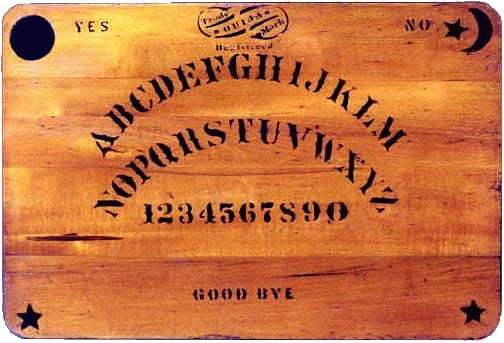
Photo Credit: Wikimedia Commons
Etymology aside, there’s a really obvious aspect of Ouija boards that’ll set off any skeptic’s B.S. Alarm – the fact that the planchette is being physically touched by someone.
It’s fairly obvious that the planchette’s movement isn’t guided by spirits at all, just a person with a pretty active imagination.
Sadly, our desire for answers can be powerful enough to cause us to suspend the rational disbelief we’d otherwise approach any new situation with. That desire is even more pronounced if that person is grieving and trying to contact a deceased loved one. Grief and loss are a charlatan’s bread and butter.
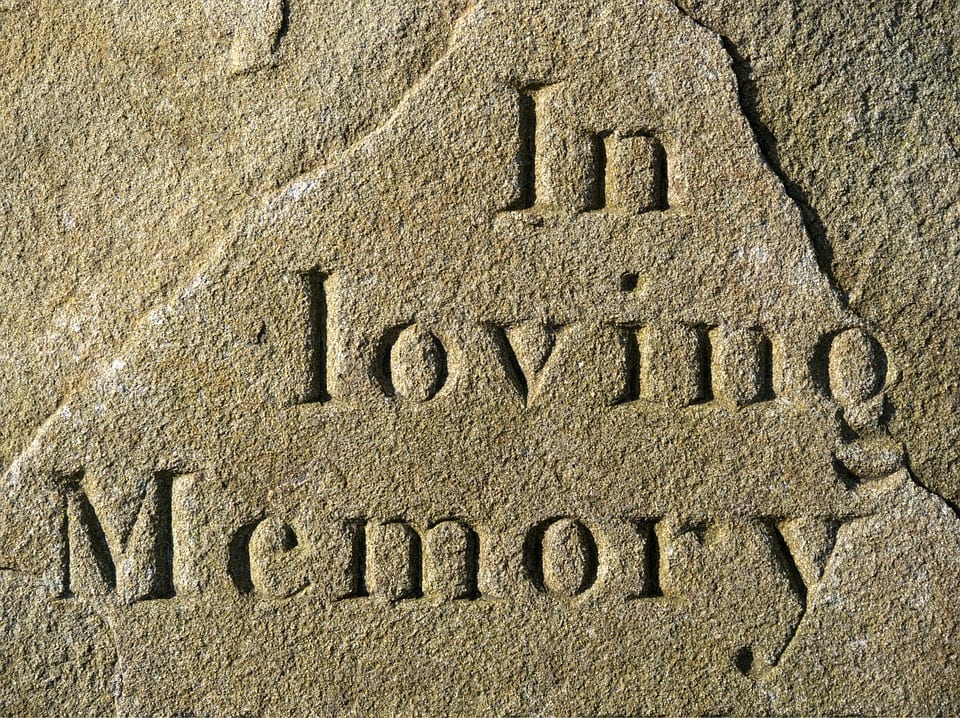
Photo Credit: Pixabay
The Science of the Subconscious
Even if there’s no actual, conscious deceit at play, the results of the Ouija board can still be manipulated (and usually are) by the subconscious mind.
A fascinating study by researchers at the University of British Columbia found that participants moved the planchette via “ideomotor actions” – movements unaccompanied by conscious thought. It’s kind of like how you can drive home from work thinking about how hungry and tired you are, and get home safely with no real memory of the drive.

Photo Credit: Pixabay
Interestingly, however, participants using the Ouija board to answer Yes/No questions they didn’t know the answer to actually had a fairly reasonable rate of success (65%) compared to those who answered verbally (50%).
Researchers speculated that participants may have idly come across the answer somewhere, without committing that knowledge to conscious memory. We see and hear thousands of bits of information on a daily basis, filtering out what’s directly relevant and ignoring the rest. This experiment seems to suggest that a good deal of that extra information is still recorded somewhere.
The full scope of this subconscious memory is only now beginning to be understood, and some scientists have compared it to an iceberg – most of it is out of view, lurking underneath the surface.

Photo Credit: Pixabay
As cool as the implications of this might be from a scientific standpoint, it doesn’t constitute as evidence of anything paranormal. While the Ouija board does allow you to tap into knowledge that might be stored in the subconscious memory, it’s still just you.
That’s the problem with most paranormal phenomena – it tends not to hold up so well in the light of scientific scrutiny. In fact, for nearly 50 years, a magician and entertainer named James Randi offered people a prize of one million dollars if they could prove, under scientific conditions, that they have paranormal abilities.
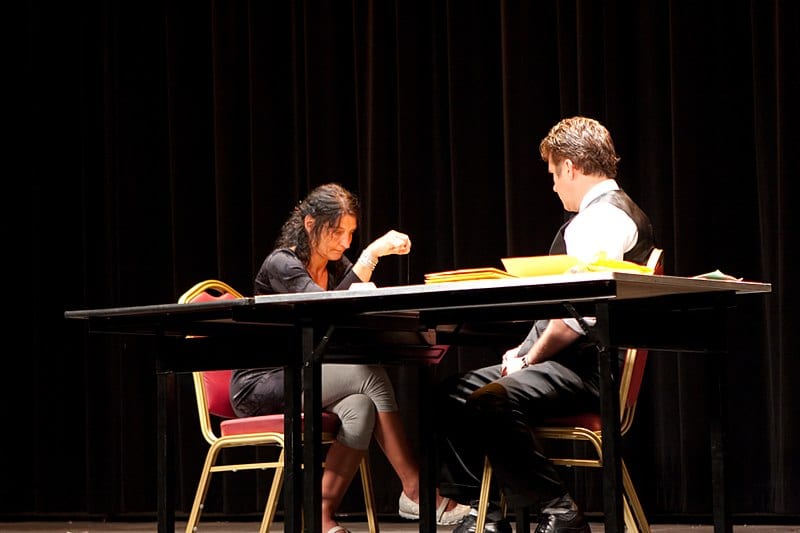
Photo Credit: Wikimedia Commons
The Million Dollar Challenge
Randi first started “The Million Dollar Challenge,” as it came to be known, back in 1964 with a much more modest prize of $1,000.
He eventually raised that amount to $10,000. Eventually, internet pioneer Rick Adams got involved and donated the million-dollar prize.

Photo Credit: Wikimedia Commons
Through it all, however, the challenge has always been the same: participants must submit a notarized application, and then work with the James Randi Educational Foundation (JREF) to design a mutually agreed-upon testing protocol.
Once agreed upon, that protocol is used to run a preliminary test and then, if that first test is passed, the formal testing to win the cash can begin.
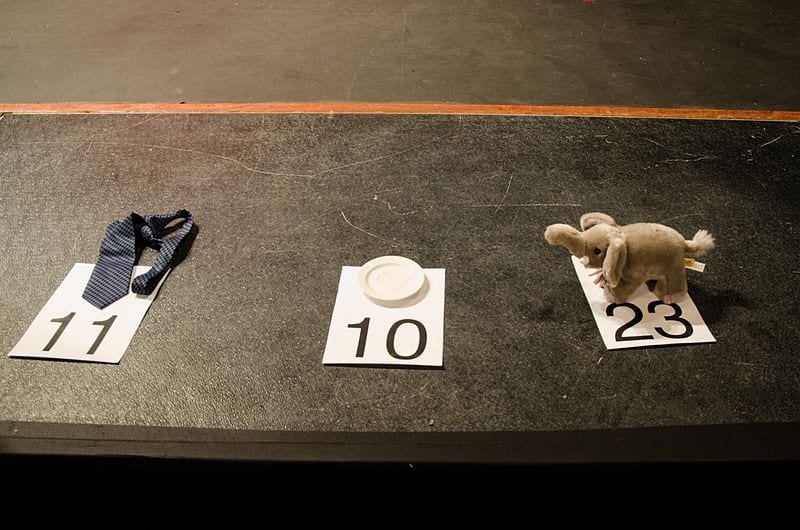
Photo Credit: Wikimedia Commons
Despite numerous attempts by people with “abilities” ranging from clairvoyance and telekinesis to dowsing for water with a stick, not one participant – including big names like Uri Geller, Sylvia Browne, and John Edward – has ever made it past the preliminary testing.
After 50 years with no winners, the challenge finally came to an end in 2015. Facing financial troubles of its own, JREF converted into a grant-making organization promoting “activities that encourage critical thinking and a fact-based worldview.”

Photo Credit: Instagram
Randi wasn’t the first skeptical celebrity to offer cash to would-be psychics. Back in 1923, the legendary Harry Houdini offered $10,000 cash (a small fortune in those days) to any medium who could actually prove they were communicating with the dead.
Both Houdini and Randi wanted the public to understand the clear difference between entertainers such as themselves, who simply performed tricks for paying audience, and the charlatans and con-men who preyed upon the vulnerable by offering things that didn’t exist.
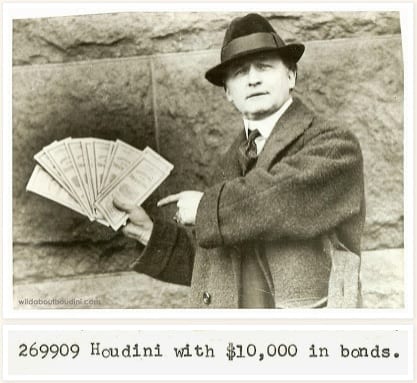
Photo Credit: WildAboutHoudini
It should be noted that there are those who have critiqued some of the methodologies of the challenge. Aside from the standard criticisms like “They cheated to protect the money,” “My powers failed because I was distracted,” and “My powers don’t work on command,” there is one critique that actually has some scientific validity to it – the required threshold for statistical significance. Several critics argued the threshold set by JREF was far higher than actual science even requires – to the point that the foundation was eventually forced to lower this number. Unfortunately, it didn’t seem to help, as the prize was still unclaimed when the competition finally ended.
Chances/Odds
While I can’t rule out the existence of the paranormal altogether, the evidence clearly suggests that more often than not, the people claiming to have such abilities probably aren’t being entirely truthful with you. Wanting to believe in things that go beyond this mundane world of ours, to gain answers to higher mysteries, to communicate with loved ones long gone from this earth – these are powerful things that can easily blur your eyes to what’s really happening.
It’s easy to believe something is real if it’s something you really need/want to believe in. It’s a lot more comforting to think your dearly departed are still alive on another plane (one where you can still talk to them now and again) than it is to confront the heartbreaking reality of losing them.

Photo Credit: Pixabay
For those who find themselves in such dire need of reassurance, I doubt any amount of evidence will be enough to convince them. Truthfully, if it helps ease the pain and they aren’t getting fleeced in the process, I suppose it’s just another form of therapy.
For everyone else, however, I suggest that you just send me the money you were about to spend on this hocus-pocus.
You know, just for safe keeping…






